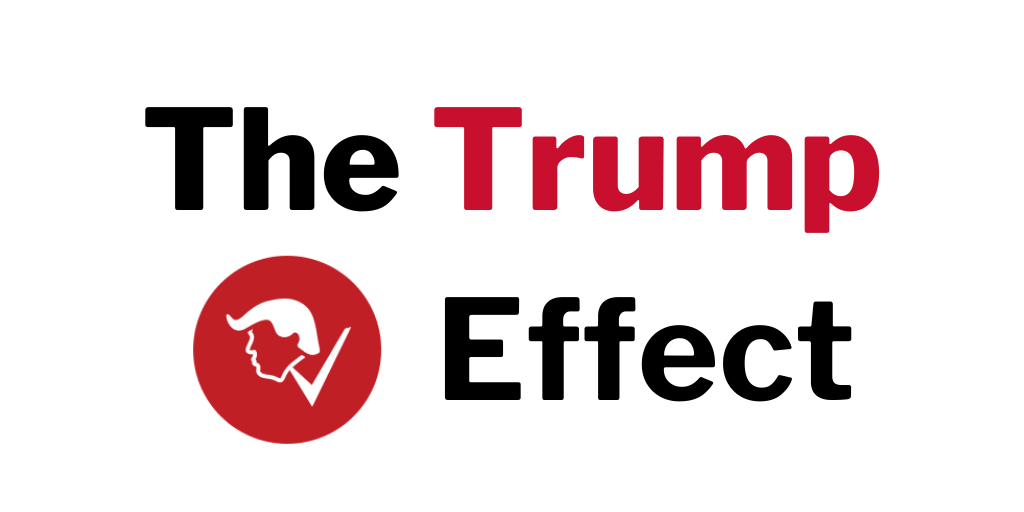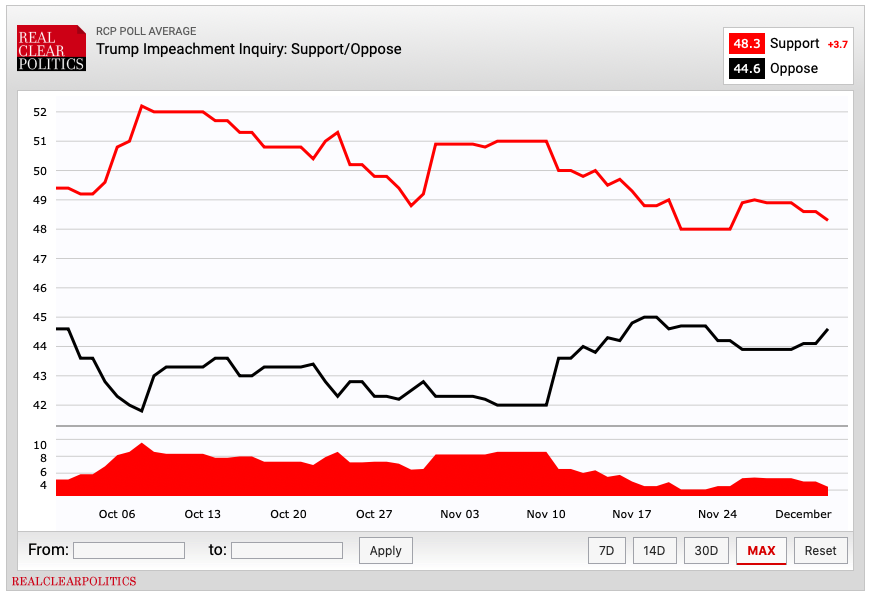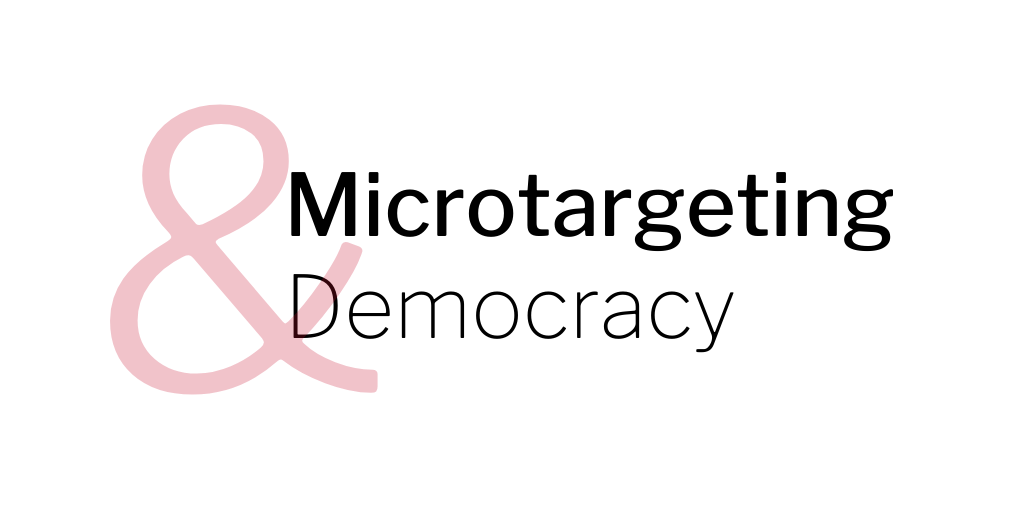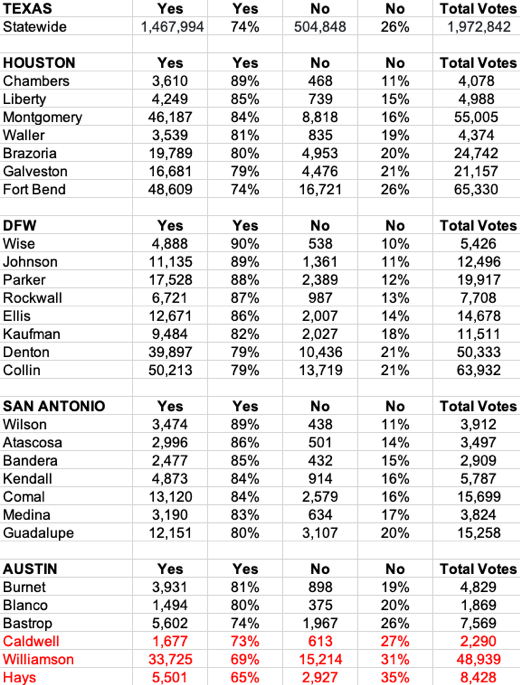The 2016 election was a powerful reminder of the power of leading figures to fundamentally reshape public opinion. Once Donald Trump became the Republican Party’s standard bearer, partisans on both sides polarized around that new reality on issues from trade to opinions of Russia. Seeing this powerful effect in the wild, we decided to apply social science to harness it for our clients.

We conducted a 6,200-person survey experiment, asking a control group if they supported a congressional bill called the “Government Efficiency Act,” opposed it, or did not know enough to form an opinion. This was chosen because it is ideologically neutral, and no one could possibly have a real opinion about this bill because it doesn’t exist. We made it up for purposes of this study. The treatment group received the same question, instead with the added information that President Trump supported it.
This way, the only thing driving real opinion change on the issue was the endorsement. This information moved 67% to have an opinion, up from 19%.
We then modeled the responses from the treatment and control groups, providing scores for every registered voter in the country. We found that compared to the control group, the information that President Trump supported this fictional bill moved Republicans a net 25 points toward support. Conversely, Trump’s support moved Democrats 20 points in opposition.
These models are available to help primary candidates who have been endorsed by the president best leverage it, those who do not have his endorsement (or are running against a Trump endorsed candidate) have the best chance of victory. Furthermore, these data help advocacy groups navigate the effects of presidential support or opposition and companies that may be mentioned in a Trump tweet or speech best deal with the impact.
The Trump models themselves are ready-made to help primary and general election candidates and advocacy organizations understand and target around the most influential and largest share of voice in American politics. We built a widely applicable model with scientific rigor. If President Trump has weighed in on a candidate, company or issue, for or against, a model like this is a must to leverage or evade it.
President Trump may be the most powerful example, but he is far from the only entity whose support or opposition is invoked to drive people to or from a particular candidate or opinion.
Other high-profile politicians are routinely invoked in political messaging. Much political and advocacy messaging and decision-making rests on people’s inclinations to side with business or labor, with industry or environmentalists, etc. Organizations such as the NRA and Planned Parenthood are routinely invoked in both political and policy debates.
So not only does this model have clear and innovative applications directly, but it is a proof of concept for a broader technique we will deploy in a wide variety of political, corporate and advocacy contexts. This method, based on a controlled experiment, models the causal effect of hearing a politician or organization supports a position. This technique can be used by candidates or advocacy groups to judiciously use outside endorsements or hold opponents’ responsible for theirs, and by advocacy groups to know who would benefit from hearing of their support or opposition (or for whom it should be downplayed or withheld).
To follow Matthew Knee on Twitter, click here.





